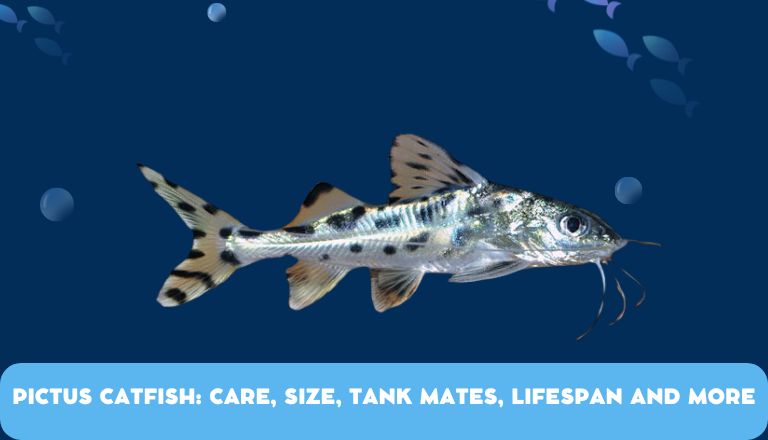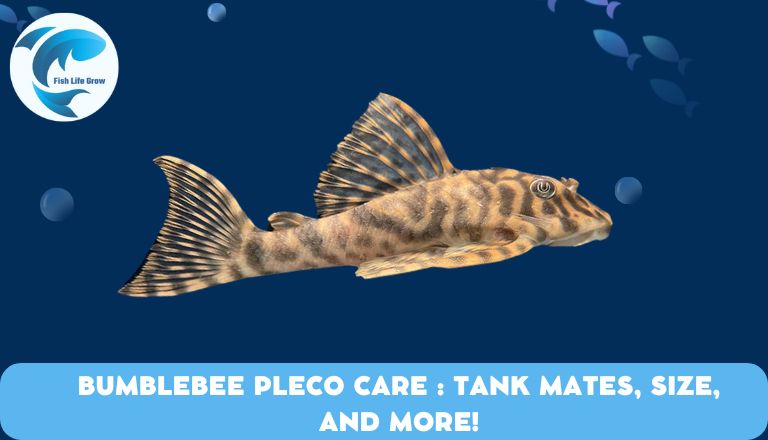Pictus Catfish: Care, Size, Tank Mates, Lifespan, And More
Have you ever heard of the mysterious and captivating Pictus Catfish? These sleek and agile creatures are a popular choice among fish enthusiasts. They are famous for their unique appearance and interesting behaviors.
In this article, we will delve into the world of the Pictus Catfish, exploring everything from their care requirements to tank mates, size, lifespan, and more. Get ready to uncover the secrets of these mesmerizing underwater creatures as we unravel the mysteries surrounding the Pictus Catfish.
Species Summary
The Pictus Catfish is scientifically known as the Pimelodus pictus. They are native to the rivers and streams of South America. This charismatic fish sports a distinctive pattern of black dots on a silver-gray body, making it a popular choice for aquarium enthusiasts.
Pictus fish are skilled hunters in the wild. They use their barbels to sift through sandy bottoms in search of small crustaceans and insect larvae. In captivity, they thrive in well-oxygenated tanks with plenty of hiding spots and driftwood to mimic their natural habitat.
Pictus Catfish Lifespan
The Pictus Catfish has an impressive lifespan. These unique creatures can live up to 10-15 years in captivity, showcasing their resilience and adaptability in various environments.
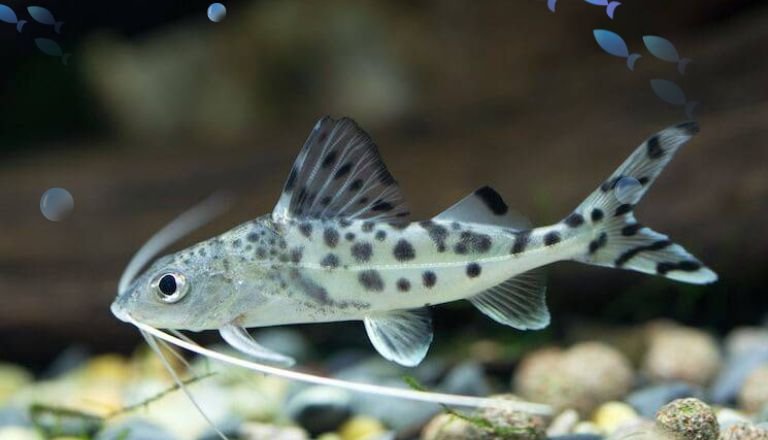
Appearance
The Pictus is a striking freshwater fish known for its distinctive appearance. Pictus has a shimmering silver body adorned with dark spots and long flowing fins. The intricate pattern of spots along its body resembles stars in the night sky, giving it an otherworldly charm.
The Pictus Catfish has a unique way of navigating through the water – it uses its long barbels to sense its environment and find food. This adaptability makes it a fascinating subject for both beginner and experienced fish enthusiasts.
Pictus Catfish Size
The Pictus Catfish can grow to an impressive size in home aquariums. These catfish species can reach lengths of 5-6 inches as full-grown pictus catfish. They are active swimmers and require adequate space to thrive in captivity.
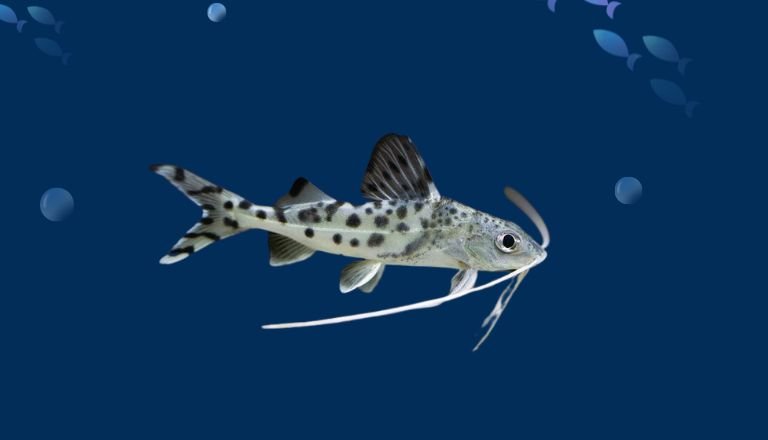
Their graceful movements and energetic behavior make it a popular choice among aquarists. As they grow larger, provide them with proper tank size to ensure their well-being and comfort.
Pictus Catfish Care
These fish thrive in clean, well-oxygenated water with a pH level between 6.5 and 7.5. Regularly change the water to maintain a healthy environment for your fish.
Provide plenty of hiding spots in the aquarium. These fish are naturally timid and will feel more secure when they have places to retreat to. Rocks, caves, and driftwood all make great hiding spots for Pictus.
Feed your Pictus catfish a varied diet for their health and well-being. These fish are omnivores, they will appreciate a mix of high-quality pellets, frozen foods, and live insects or worms.
Pictus Catfish Tank Size
These active swimmers require ample space to move around and explore their environment. A tank size of at least 30 gallons is recommended to accommodate their energy levels and social behaviors.
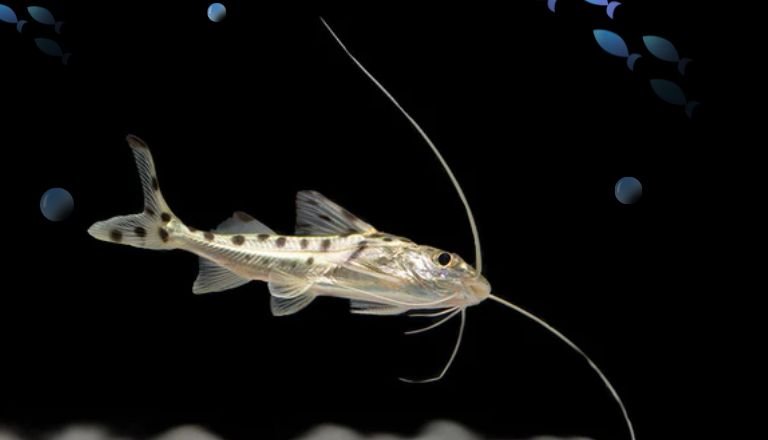
Water Parameters
Maintain the right water parameters for the health and well-being of Pictus catfish. They prefer a pH level between 6.5 and 7.5, along with a water temperature ranging from 72-79°F. Regular monitoring of ammonia, nitrite, and nitrate levels to ensure a clean and stable aquatic environment for these unique fish.
What To Put In Their Tank
Provide a suitable environment that mimics their natural habitat. Start by adding sandy substrate to the bottom of the tank, as Pictus catfish love to sift through sand in search of food. Incorporate driftwood and rocks into the tank. It creates hiding spots and helps in maintaining water quality by providing surfaces for beneficial bacteria to thrive on.
Live plants are another great addition to a tank as they offer cover and help maintain water quality. Hardy plants such as Java ferns or Anubias are good choices that can withstand the catfish’s active nature. Creating caves or PVC pipes with rounded edges will give your catfish places to explore and feel secure.
Potential Diseases To Look Out For
Be aware of potential diseases that may affect these beautiful and fascinating creatures. One common issue is Ich, also known as white spot disease. It presents as small white dots on the fish’s body. To prevent this, maintain good water quality and give them a proper diet.
Another concern is fin rot, a bacterial infection that causes the fins to become frayed or discolored. Keeping the tank clean and providing a stress-free environment can help prevent this disease from occurring.
Pictus catfish are susceptible to parasitic infections like gill flukes, which can impact their respiratory system. Regular observation of your fish’s behavior and appearance can help catch any signs of illness early on. Quarantining new fish before introducing them to an existing tank can also help prevent the spread of diseases.
Food & Diet
These active little fish are carnivorous by nature. Include a mix of live or frozen foods in their diet such as bloodworms, brine shrimp, and small insects. Offering a diverse range of food options keeps them healthy and stimulates their natural foraging instincts.
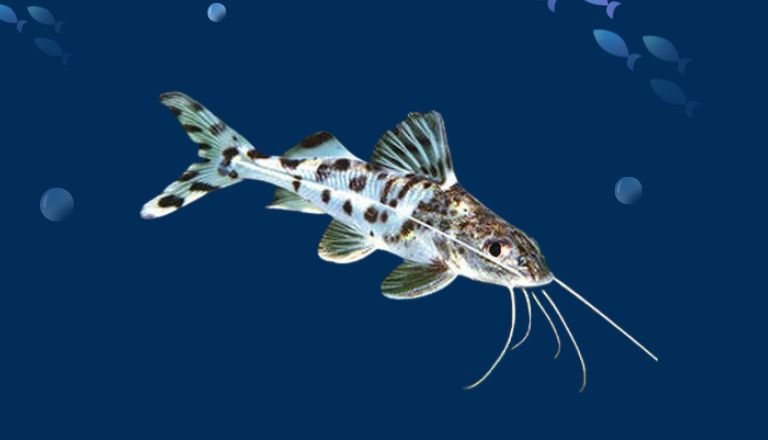
Supplement your Pictus Catfish’s diet with high-quality sinking pellets or flakes. These will provide essential nutrients and help ensure a well-rounded diet for your aquatic pet. Monitor their feeding habits closely and adjust the amount of food accordingly to prevent overfeeding.
Behavior & Temperament
The behavior and temperament of Pictus Catfish can vary widely depending on their personality. These fish are known for their active and playful nature. Their curious behavior can add a dynamic element to any tank.
They are generally peaceful creatures but can sometimes display territorial behavior, especially towards other bottom-dwelling fish. Provide plenty of hiding spots and spaces for them to claim as their own to prevent any potential conflicts.
These fish are social animals and thrive when kept in groups. It’s recommended to have at least three or more in the same tank to ensure they feel secure and comfortable.
Pictus Catfish Tank Mates
These energetic and social fish thrive best when housed with other peaceful species that won’t compete for food or bully them. Add bottom-dwelling companions like Corydoras catfish or Bristlenose Plecos. They will complement the Pictus Catfish’s active nature. Small schooling fish such as Tetras or Rasboras can create a lively and harmonious community aquarium environment.
Avoid pairing your Catfish with aggressive or territorial species that may intimidate or harm them. Also, avoid large and predatory fish. They can pose a threat to the smaller Pictus Catfish.
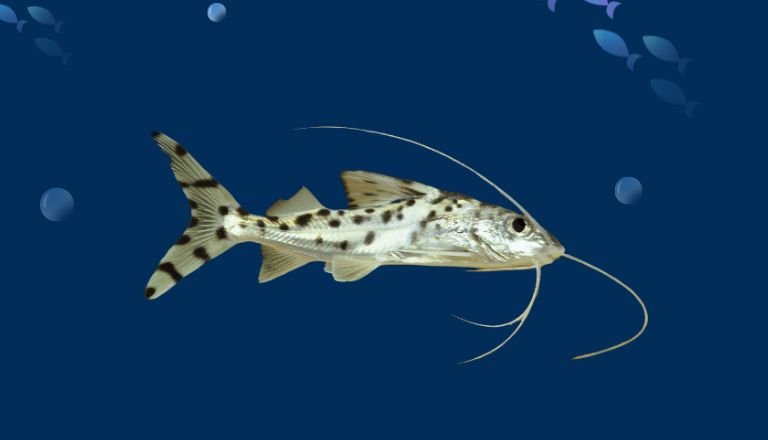
Ensure adequate hiding spots and caves within the tank to provide security for all inhabitants, promoting a stress-free cohabitation experience for your aquatic pets.
Breeding
Breeding Pictus Catfish can be a rewarding but challenging endeavor. To successfully breed them, recreate their natural habitat in the aquarium, providing ample hiding spots and plants for privacy during mating.
During the breeding process, male Pictus Catfish will chase the female to entice her into spawning. The female then lays eggs on flat surfaces or inside caves within the tank. Monitor water parameters closely during this time to ensure optimal conditions for egg fertilization and hatching.
Breeding Pictus Catfish requires patience and dedication. Witnessing the tiny fry develop into fully-grown adults can be an incredibly fulfilling experience for any aquarist.
Conclusion
The Pictus Catfish is a fascinating species that requires proper care and attention to thrive in a home aquarium. With a size of up to 5 inches, they are best suited for larger tanks with ample swimming space. When choosing tank mates, consider their peaceful nature and predatory instincts.
To ensure the health and well-being of these unique fish, provide them with a suitable environment and maintain good water quality. Add a Pictus Catfish to your aquarium today for an interesting addition to your aquatic community!
FAQs
What Fish Can Pictus Catfish Live with?
Pictus catfish are peaceful and social fish that can live harmoniously with a variety of tank mates. They thrive in a community setting with other peaceful species that share similar water parameters and temperament. Some suitable tank mates include Tetras, Rasboras, Gouramis, and Corydoras catfish.
Are Pictus Catfish Aggressive?
Pictus catfish are generally considered peaceful and non-aggressive fish. They are known for their active and social behavior. They swam around the tank in groups. They can become territorial if they feel overcrowded or if there is a lack of hiding spots in the tank.
Will Pictus Catfish Clean the Tank?
Yes, pictus catfish are known to be good tank cleaners. They are bottom-dwelling fish that keep the tank clean by scavenging for leftover food and algae. Their active nature and constant movement help stir up debris, making it easier for your filter to remove waste from the water.
What Conditions do Pictus Catfish Like?
Pictus catfish thrive in freshwater aquariums with plenty of hiding spots and open swimming spaces. They prefer water temperatures between 72-79 degrees Fahrenheit and a pH level of around 6.5-7.5. Keep the water clean and well-oxygenated, as these fish are sensitive to poor water quality.

